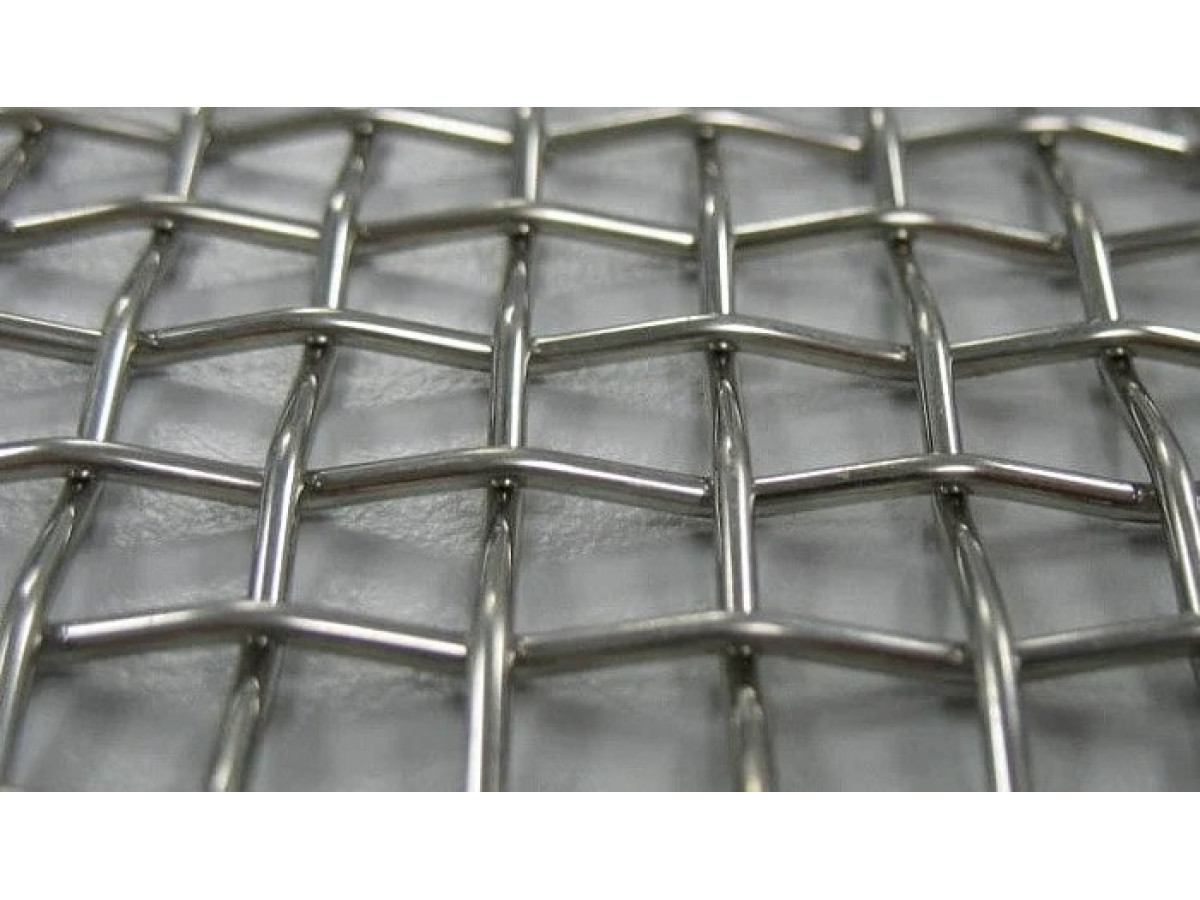Imagine a material that has both the strength of steel and the grace of lace. This is exactly the material – stainless woven mesh. The combination of thin wires woven into complex patterns creates a fabric that is amazing in its beauty and functionality. Woven stainless steel mesh is not just a metal product. It is the result of a fusion of art and engineering. Every meter of this rolled metal is a work of art, created using sophisticated technologies and careful quality control.
Why is stainless steel woven mesh so popular?
Thanks to the use of stainless steel, the mesh is resistant to corrosion, mechanical damage and aggressive environments. Its advantages also include:
- Aesthetics. The variety of weaves and the possibility of coloring allows you to create meshes with different textures and shades, which makes them attractive for use in interior and exterior design. It does not rust or fade, maintaining its aesthetic appearance for many years.
- Functionality. Meshes have excellent filtration properties and are used for sieving, sifting, and separating materials.
- Hygiene. The smooth surface is easy to clean and disinfect, making the mesh an ideal material for the food industry and medicine.
- Mechanical stability. The woven structure gives the material increased strength and resistance to mechanical damage, including stretching, bending and abrasion.
Due to the high chromium content, such rolled steel has exceptional resistance to corrosion, which guarantees a long service life of the mesh even in aggressive environments. The mesh can be used to strengthen structures and protect against external influences. Stainless steel does not emit harmful substances, which guarantees its safety for use in contact with food and people. The flexibility of the material allows you to create complex spatial structures. The mesh is easy to cut, weld and other types of processing, so you can create products of any shape and size.
What is it used for?
Woven mesh made of stainless metal performs several tasks at once:
- Filtration - meshes are used to filter liquids, gases and bulk materials.
- Sifting - rolling is used to separate materials by particle size.
- Reinforcement - meshes are used to reinforce concrete, plaster and other materials.
- Protection - products are used to protect equipment, people and animals from various influences.
- Decoration - grids are used to create decorative elements in architecture and interior design.
Meshes are used in filters, sieves for separating substances, as protective screens and for reinforcing various structures. They can be taken for the production of medicines for filtration and separation of substances. Meshes increase the strength of concrete structures and prevent the formation of cracks. They are also used to create fences, enclosures, staircases and balconies. They are often used to create building facades, cladding walls, ceilings and other interior elements.
In the automotive industry, products are needed for the manufacture of filters, decorative elements and seats. They are installed in aircraft ventilation and air conditioning systems.
Types and features
Key factors determining the choice of stainless woven mesh:
- cell size;
- wire thickness;
- type of weaving;
- steel grade;
- roll size.
Plain weaving is the most common type, in which the warp and weft threads are woven together perpendicularly to form square cells. This type of rolled steel is characterized by increased strength and wear resistance. Twill weave is one where the warp and weft threads are woven diagonally to form diagonal stripes. Meshes of this type have greater flexibility and elasticity. Dutch weaving combines the properties of both types and is distinguished by both durability and decorativeness.
How is stainless steel mesh made?
High-quality stainless wire of various grades is used as raw material, depending on the required properties of the final product. The wire is thoroughly cleaned from contaminants and calibrated to ensure dimensional accuracy. Cleaned and calibrated, it is wound onto special bobbins, which are then fed to a loom. The edges of the fabric are cut and welded to obtain a mesh of the required length and width. Each batch undergoes a thorough visual inspection for defects. Tensile, bending and other mechanical tests are carried out.

